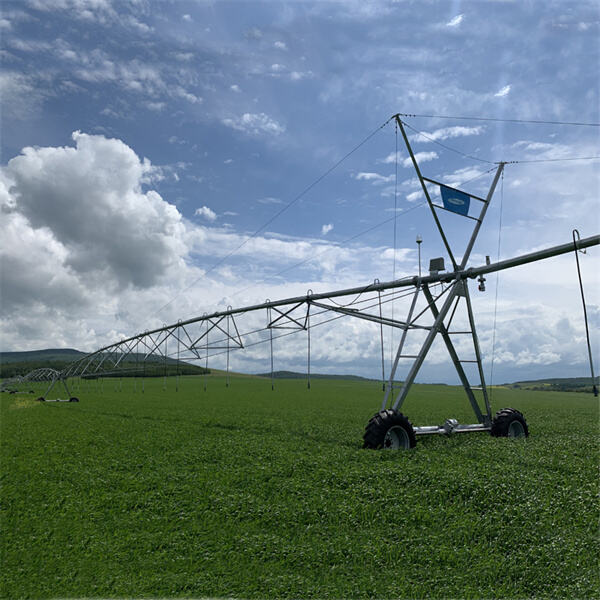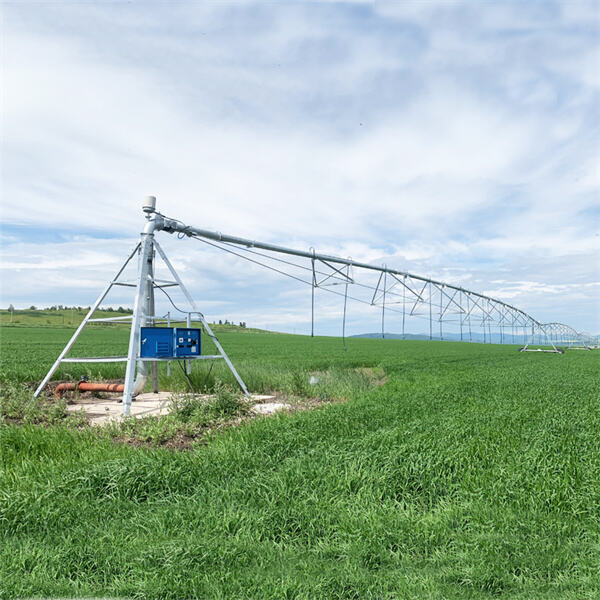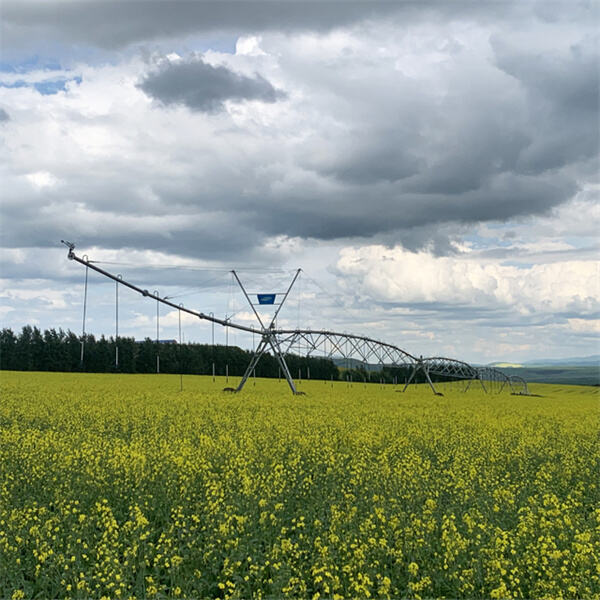Gondolj a pivot sprinklerről, mint a rendszerből, amely fűt a növényeket egy körben egy központi pont körül. Vízvezetékekkel és sprinklerrel rendelkezik, amelyek kiengedik a vizet, miközben utaznak. Ez a rendszer kényelmes, mivel nemcsak akkor is meg tudja önteni a terület nagy részét, ha nem húzza máshová, hanem időt és pénzt takarít meg a vízszámlán.
Sok oka lehet annak, hogy érdeklődni kezd a pivot sprinklerről. Egy oka egyszerűen a időtakarító rövid út vonzereje. Ahelyett, hogy öntőkancsót vagy gáncsot használna, egyszerűen megnyithatja a lineáris mozgású öntőrendszer és engedelmesen elvégezze a varázslatát.
Még egy ok arra, hogy forgó záporozót használjon, az a víz megőrzése. A vonalis öntőeszközök segítségével egyenletes vízfedetelt biztosíthat a növényeinek, így nem pazarolja. Ez jobb a környezet számára, és segíthet Önnek a vízszámlájának csökkentésében. Amikor a növények eléggé vízt kapnak, jobban nőnek és több ételt termelnek.
Hogyan kell felállítani és karbantartani egy forgó záporozót? A forgó záporozó helyes felállítása és karbantartása kulcsfontosságú annak a legjobb teljesítménynek érdekében. Először is, meg kell bírnia a mezőjéhez megfelelő méretű forgó záporozót. Arra is gondoskodnia kell, hogy a talaj szintes legyen és semmi ne zárja meg a záporozót.

Miután beállítottad a forgatócsapolót, szabadságban teszteld, hogy minden helyesen működik. Ez azt fogja magában foglalni, hogy ellenőrizd, nem vagyunk-e zártak a csövek, a legjobb gyenge osszató egyenletesen sprinkelnek és a forgató rendszer szabadon mozog. Ha bármi probléma merül fel, azonnal javítsd ki, hogy a termésed megfelelő mennyiségű vízzel elláttson.

Egy másik tipp az, hogy kerüld azokat a területeket, amelyeket nem kell önteni. A beállításokkal való igazításod a fertőző terjesztő azonosítja azt, hogy pontosan ott öntsz, ahol növényed van! Ez vizeszközökkel takarékosabb, és biztosítja, hogy növényeid kapjanak mindazt, amire szükségük van jó növekedéshez.

A forgatócsapolók jobb lesznek, ahogy a technológia fejlődik. Megláthatjuk egy sorát. mezőgazdasági fertőzõ elosztója amelyek alkalmasan hatékonyak és barátságosak a környezethez. Ez azt jelenti, hogy a gazdálkodók több élelmiszert termesztnek, kevesebb vízzel, ami mindannyiunk számára nagyszerű.